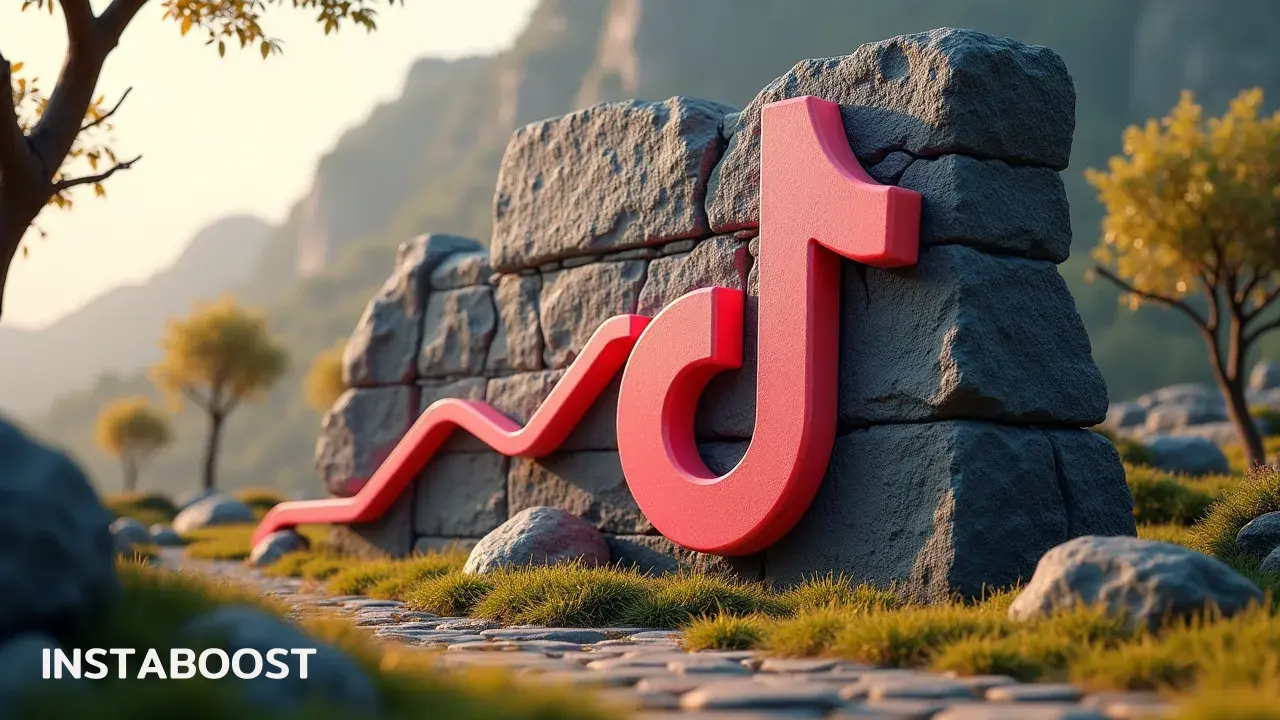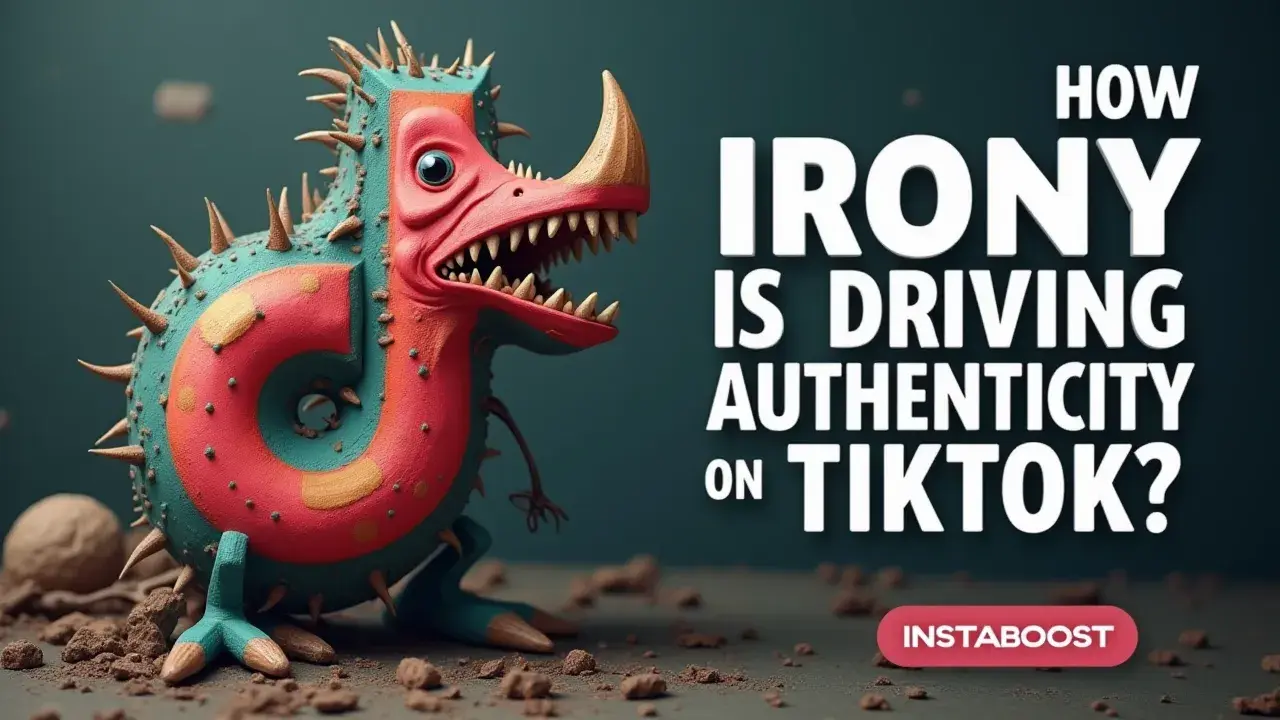How Is Irony Driving Authenticity on TikTok?
Irony on TikTok can signal realness when used with a self-aware tone. Self-aware captions and intentionally imperfect cuts invite early comments, often within the first hour, which can nudge watch time and reach upward. This approach builds trust by feeling less overproduced while still guiding viewers toward engaging longer. The smart path is to match the wink to audience expectations and track early engagement metrics to refine timing and tone.
The Wink That Makes People Stay
Irony on TikTok isn’t cynicism. It’s a signal. When a creator adds a self-aware caption, leaves in a small fumble, or teases their own product demo, they set expectations and earn attention that feels unforced. Viewers recognize the wink and lean in because it mirrors how they already talk in comments and DMs. That tone works when it’s tied to real outcomes: watch time that clears the first three seconds, saves that stack up, and comments that read like conversations, not prompts. Brands see this and assume low effort, but the smarter path is structured looseness.
Quick edits, honest reactions, and a clear hook designed for early momentum, then measured in clean analytics so you can repeat what lands. Irony is the permission slip to be human, and the follow-through – creator collabs with aligned audiences, timely replies, and targeted promotion to qualified lookalikes – turns impressions into retention signals. If you’re testing TikTok AI tools to speed captions or surface trending audio, treat them as accelerants, not crutches. Reputable options help you iterate faster on tone, pull transcripts for clarity, and A/B a line of copy without sanding off your voice, and the same mindset applies when teams quietly get serious about TikTok without overhauling what already works.
The payoff is compounding reach without overproducing every post. Irony attracts. Authenticity shows up in the comments when people tag friends, ask real questions, and come back for part two. That loop is what the algorithm notices. Use it deliberately. Ship scrappy, track the lift in rewatches, and reinvest in the formats where the wink turns into trust. That’s how jokes become a brand asset on TikTok.

Receipts, Not Vibes: Why Irony Passes the Trust Test
We stopped guessing when we started seeing the same signals repeat. The wink lands when there’s a paper trail – retention curves that don’t cliff after second three, comment threads that quote the fumble, and saves that spike after a self-aware caption. On TikTok, irony drives authenticity because it turns suspicion into proof. The audience sees you anticipating their side-eye and answering it with data-backed behavior, not declarations; chasing vanity lifts or shortcuts such as tiktok followers buy only muddies the read. Brands that pair imperfect cuts with clean analytics, qualified creator collabs, and measured, targeted promotion build a tight feedback loop.
The joke gets the click, the substance earns the watch, and the numbers show which part did the lifting. If you use paid boosts, treat them like a magnifier, not a mask – push posts with early momentum and real comments, and add safeguards so frequency caps and audience fit keep the room fresh. TikTok search is surfacing more “how-to” and product moments. Irony helps you rank without sounding like a pitch when you match tone to clear intent and add captions that cue the answer. Tools are accelerants when they’re reputable and transparent. Lightweight editing suites, TikTok AI tools for cut detection, and sentiment tagging can speed the testing loop, and they work best when tied to human review and retention signals, not vanity impressions. The non-obvious part is that irony isn’t a style. It’s a contract – your willingness to puncture yourself signals you won’t waste the viewer’s minute. Measure that contract in watch time, saves, and replies that quote specifics. If those move, keep the wink. If they stall, fix the substance, not with louder sarcasm but with clearer value.
From Wink to Flywheel: Build the Irony Loop
This isn’t optimization. It’s orchestration. Treat the wink as a programmable creative variable, not a lucky accident. Sketch a lightweight storyboard with one planned imperfection – a visible retake, a side-eye, or a caption that preempts the objection – and one concrete payoff tied to your offer or takeaway. Publish in a testing loop: three posts per week, each with a distinct wink, and review the retention curve at seconds 1, 3, and 8, along with saves and the quality of comments. If the first three seconds hold but drop at eight, the payoff is late.
If comments mirror your fumble, lean into that microbit and swap the hook. Pair the creative with clean analytics and targeted promotion from reputable, brand-safe placements matched to intent – seed a small spend in the first hour to stabilize early momentum, then pull back if the natural curve carries, and remember that even tools people discuss in forums or guides, such as tiktok content like boost, are only context in the landscape rather than a strategy. Qualified creator collabs strengthen this loop. Brief them to keep the self-aware tone and set safeguards – no irony that muddies product claims, and include a proof moment.
Use TikTok search cues in your captions so the joke rides a relevant query, not random virality. A simple “how to” or “before/after” frame anchors irony in utility. If you use TikTok AI tools that promise virality, treat them as accelerants – helpful for variant generation and timing when matched to fit and measured against your north-star signals, not vanity spikes. The non-obvious upside is that the wink becomes an audience calibration device. By seeing which self-aware beats drive saves and conversational comments, you’re not just chasing reach – you’re mapping how authenticity converts, one orchestrated imperfection at a time.
Irony Isn’t a Cheat Code – It’s a Contract
The silence after trying everything can be deafening. Here’s the pushback worth sitting with: irony on TikTok isn’t a shortcut to authenticity. It’s a contract you either honor or break fast. It works when the wink matches what happens after the scroll – the product experience, the customer support tone, even the shipping emails. If there’s a mismatch, people feel it and your retention curve shows the drop-off. The smart path is alignment.
Pair planned imperfection with operational truth – a creator collab that uses your product on-camera, pinned comments that answer the top objection, and a clean analytics stack that separates early momentum from paid lift. Use targeted promotion with intent – small, qualified boosts on posts that already earn saves and quality comments – so you’re amplifying a working signal, not faking it, and treat third-party help as a diagnostic aid to maximize tiktok reach rather than a substitute for resonance. Keep a tight testing loop. If second three dips when the bit drags, tighten the opening. If saves spike only when the caption includes a clear takeaway, make that your standard.
Irony drives authenticity on TikTok when it resolves suspicion with receipts, not when it covers weak substance. If you need tools, pick reputable TikTok AI options that help creators go viral by speeding up edits and caption testing – matched to intent – not auto-generating a persona you can’t deliver offline. Treat the wink as a promise with safeguards: transparent pricing in the link, a no-surprises checkout, and a follow-up video that owns the last miss. That way the irony loop becomes an integrity loop – creative risk up front and measurable trust on the back end – and the audience learns your self-aware captions are a reliable cue to pay attention.















